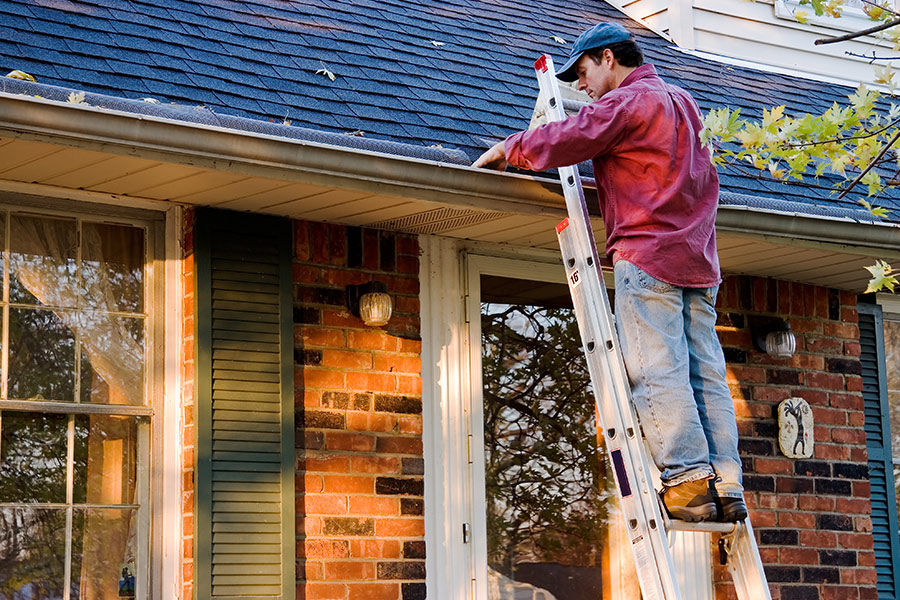Useful Information
Spring Tips
As we know, handyman services provide that extra time watching the ball game or enjoying time with the family but… Let face it, a lot of this stuff can be done on your own with a little willpower and energy. Leave the hard stuff to the experts and pick up the slack in your spare time and you house will run like a well oiled machine!!!
While crawling the web we discover many articles about seasonal maintenance and thought this one by Ronda Kaysen from the www.nytimes.com was on point!
Here is what they have to say about keeping your home in tune for the winter season.
ARTICLE SECTIONS BY THE New York TIMES
Spring
Come springtime, most of us are eager to throw open the windows and clean out the closets. It’s also time to give your house, inside and out, a good once-over.

Your Grounds
Spring cleanup. Start outside, raking up any remaining leaves that survived the winter, and laying down mulch in your flowerbeds and beneath the hedges. A thin layer of mulch will protect plants from drought and keep weeds at bay. Turn your outside faucets back on,checking for damage. If you plan on hiring a lawn care service to maintain your property and mow your lawn, now is the time to renew your annual contract.
Trees. If your property has any trees, have them inspected by a certified arborist, who can check for signs of illness or any dead branches and catch problems before they escalate and kill a tree. The untrained eye could miss signs of damage, and a dead or dying tree poses a safety hazard to you, your home and neighboring properties.
Lawns and hedges. Reseed your lawn, filling in bald patches before the summer heat. Plant your perennials, and give them plenty of water. Later in the spring, when the grass turns bright green again and the lilacs bloom, it is time to fertilize the lawn, although you may not need to fertilize as much as you think.
Goodbye snow blower, hello lawnmower. With the last of the winter snowstorms behind you, early spring is the time to store your snow blower (if you have one) for the summer. You’ll need to drain the fuel or add a stabilizer, check and clean the motor and parts. Later, pull out the lawnmower and give it a checkup before the grass gets too long. Mowers get a lot of use, but not a lot of love. Send it out for a tuneup annually, where a small-engine repair company could sharpen the blades, change the spark plug and do any other necessary maintenance. Expect to spend $50 to $75, according to Angie’s List.
The Outside of Your Home
Inspect. Walk around the outside of the house: Are there cracks in the concrete? Is the driveway in good condition? Check the roof for signs of loose or broken shingles. Look up at the chimney for signs of wear. Check the facade and foundation for cracks or signs of water pooling.
The gutters. Your gutters control the flow of rainwater on your house, protecting your roof, siding and foundation. Clogged gutters can cause a roof to leak or water to infiltrate your house. Clean them at least twice a year (or more frequently, depending on how many trees surround your property and hang over your roof). Also, check for damage.
If you clean them yourself, be careful on that ladder, as more than 630,000 Americans needed medical treatment in 2015 for ladder-related injuries, according to the United States Consumer Product Safety Commission. You can also hire a professional gutter cleaner, a service that can cost $75 to $225, depending on the size of your home, according to Angie’s List.
Paint. Exterior paint looks nice and protects your shingles from water damage and rot. Look for signs of peeling or chipping paint. You may need a touch-up or a fresh coat. If you plan to hire a professional, schedule the job in the spring so the work gets done by the end of the summer.
Give the house a bath. Spring is a good time to give the house a good scrub, washing all the winter away. Take the storm windows off and wash the windows, inside and out. The house can get grimy, too. Grit stuck to the facade can damage paint and masonry over time. Wait for a warm, dry day and get to work.
Here’s how to clean your house’s exterior:
- Close all windows and doors, and cover the ground and hedges with plastic sheeting.
- Avoid the instinct to rent a power washer, as it may not be necessary, and it could damage siding or masonry, depending on your building materials. In most cases, an ordinary garden hose will do.
- Attach a siding cleaning kit to the hose and get to work.
- Spot-clean heavily soiled areas. Use detergent sparingly, as it can harm your plants.
Patio or deck. You may not use your deck all winter; chances are it has a layer of winter grime across it. Sweep it clean. Inspect your deck, looking for signs of cracked wood and loose nails. Pull out any leaves or debris from between the boards.Then clean it thoroughly:
- Wet the deck down with a garden hose.
- Spray it with water and a cleaning solution using a pump sprayer, and wait 10 minutes.
- Scrub it with a broom and spray it down with the garden hose again.
- Treat a wooden deck with borate for algae to protect against wood rot.
- Let the wood dry for a few days and then stain and seal it.
Pool. If you own a pool, it’s time to open it again for summer. You’ll have to treat the water, check and change valves and filters, and inspect all the equipment before you’ll actually want to swim in the pool. You could hire a pool service to do the dirty work. Americans spend, on average, $242 a year on pool maintenance, according to Home Advisor.
Inside Your Home
HVAC systems. For homes with central heat and air, call your HVAC technician to schedule the system’s biannual checkup and servicing. A technician should check the ductwork for signs of damage, and clean and service the furnace and A/C compressor. Clean the bathroom vents, too. Cleaning ducts and vents costs homeowners an average $348, according to HomeAdvisor.
Steam heat. For those of you with steam heat, drain your boiler to clear out any accumulated sediment.
Plumbing. Give your pipes a good once-over, checking under sinks to make sure there are no signs of leaks. Look up at your ceilings too for telltale water stains – a sign of a leak in the wall. Check faucets for drips and the flapper in the tank of your toilet to make sure it has not worn out (once the flapper starts to go, expect your toilet to run more frequently.) Fix what you can yourself; call a plumber for what you need help with.
Sump pump. Spring often brings rain. Check your sump pump to make sure it’s draining properly. You do not want to wait until a major snow thaw or rainstorm to find out that the pump’s motor is shot.
Chimney. Even if you do not regularly use the fireplace, the chimney still needs a regular checkup. A chimney carries dangerous gases from your fireplace, wood stove or furnace out of your home, helping to keep the air inside breathable. Your chimney should be inspected annually, and cleaned periodically depending upon how often you use it, according to the Chimney Safety Institute of America.
Check your smoke alarm and carbon monoxide detectors. Between 2007 and 2011, almost two-thirds of home fire deaths were in homes without working smoke detectors, according to the National Fire Protection Association. Change batteries on your smoke and carbon monoxide detectors once a year. The switch to daylight time is a good day to choose for the job. Another good option: Mother’s Day. You may also want to consider so-called smart detectors that are linked throughout your home and give voice alerts, not just alarms. Read more about the best smoke alarms on Wirecutter.

